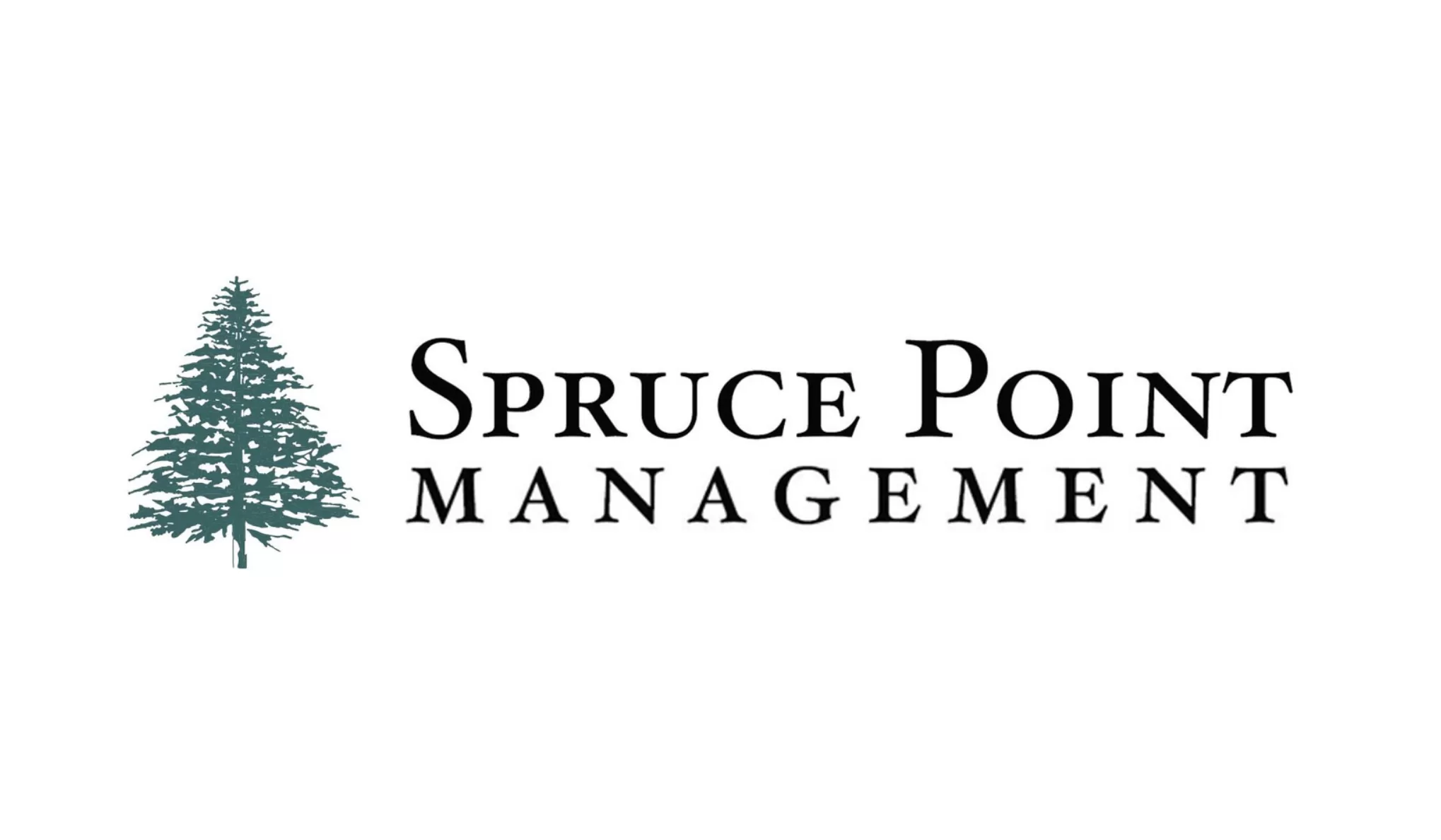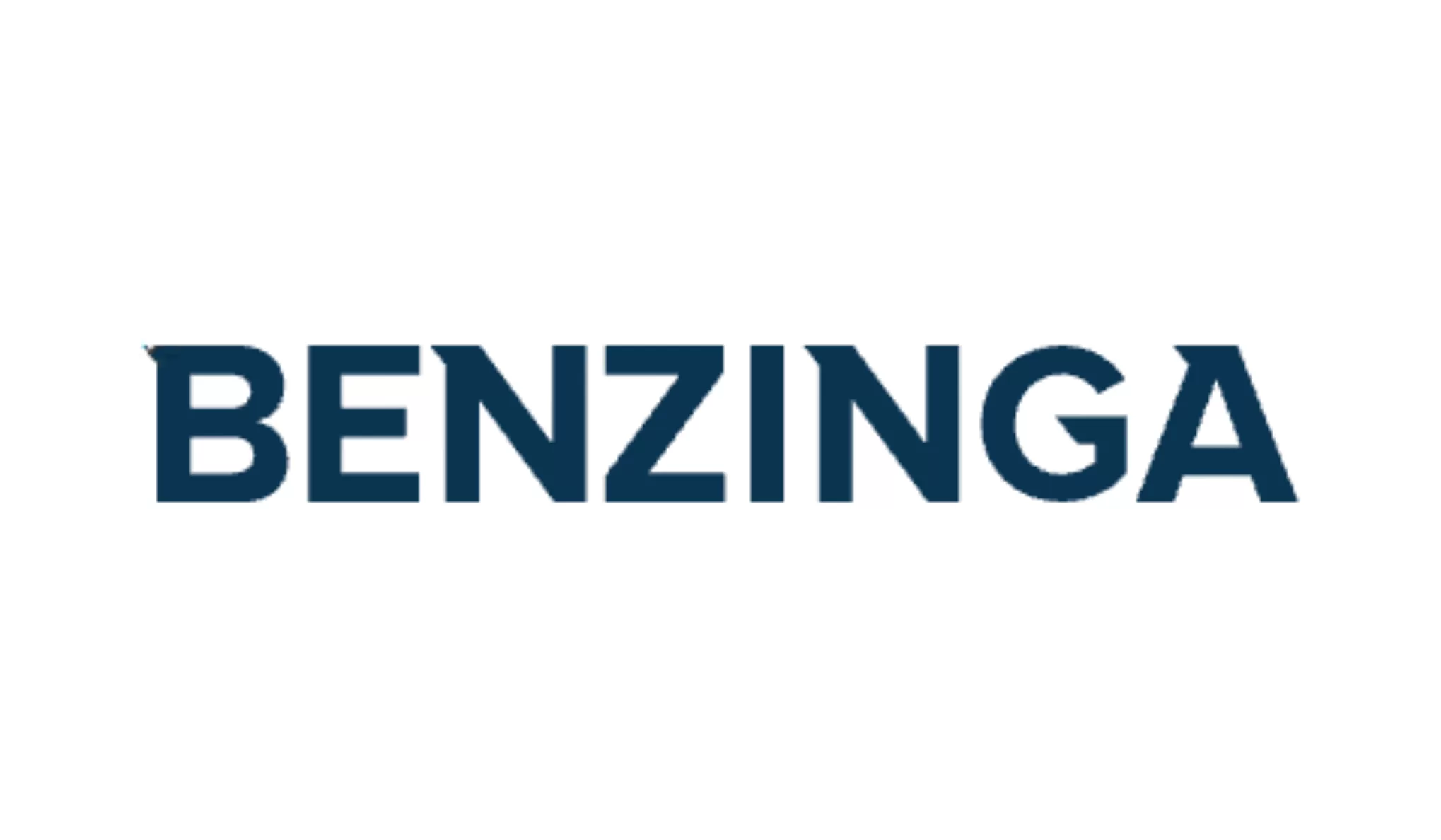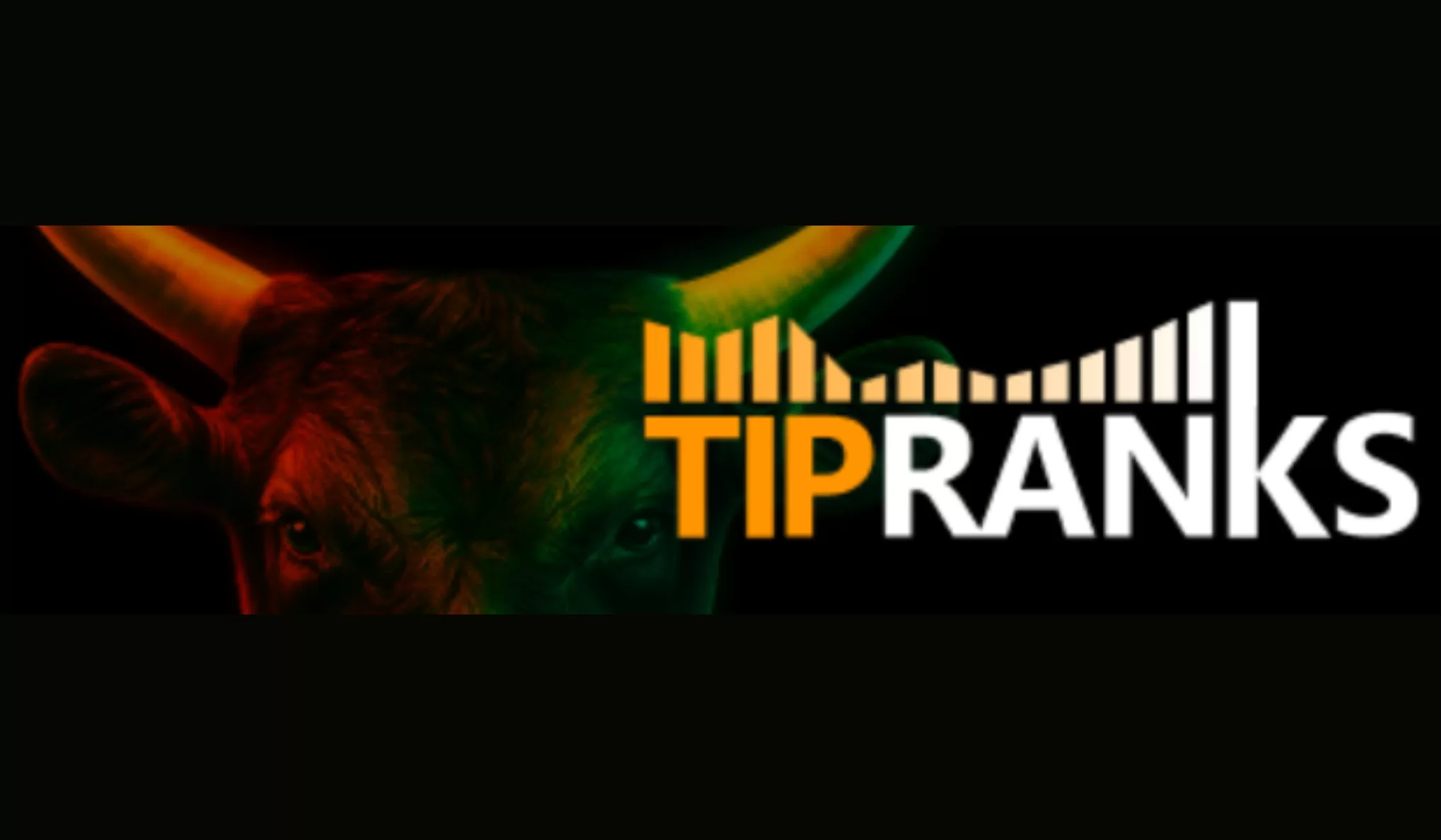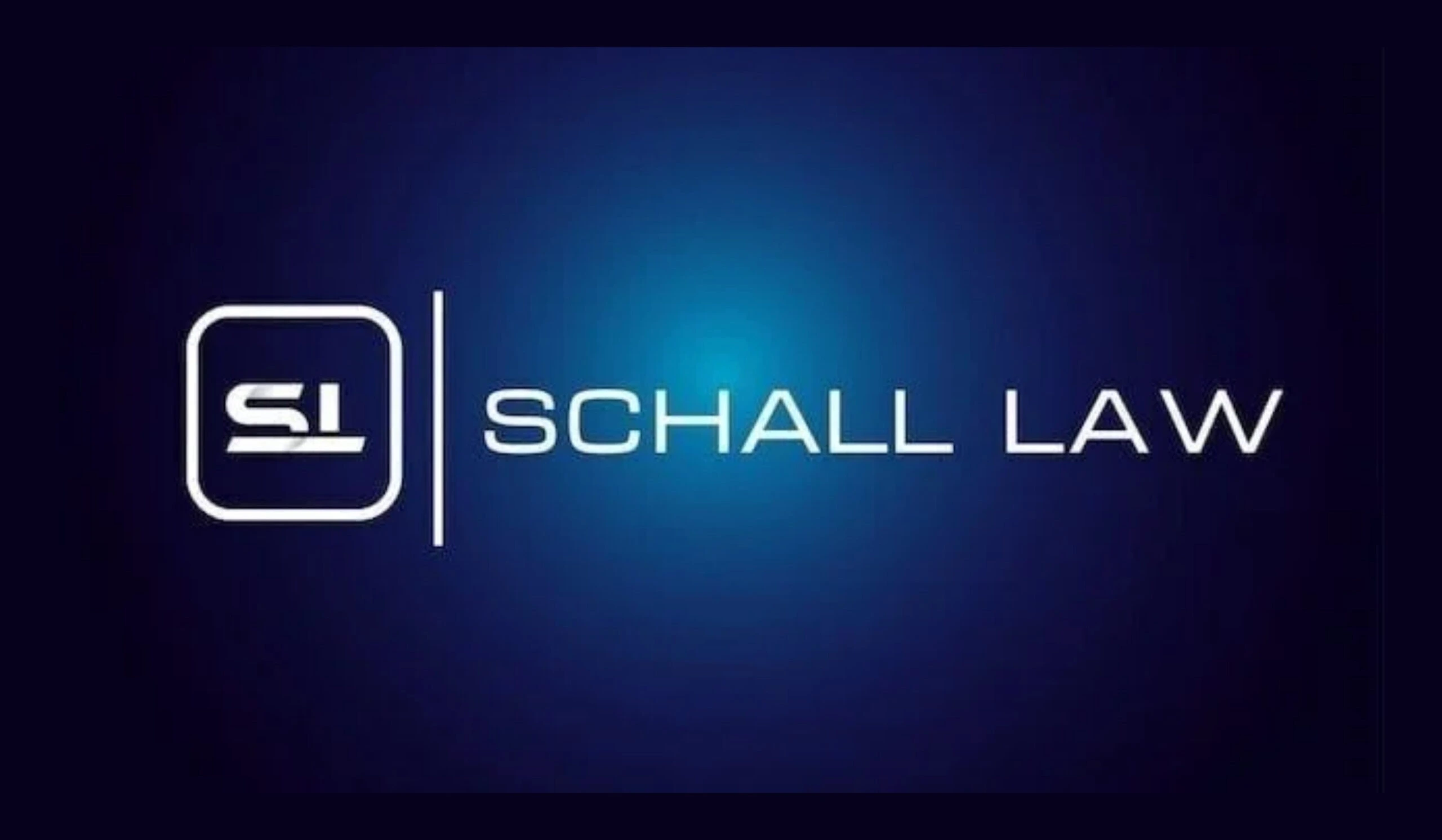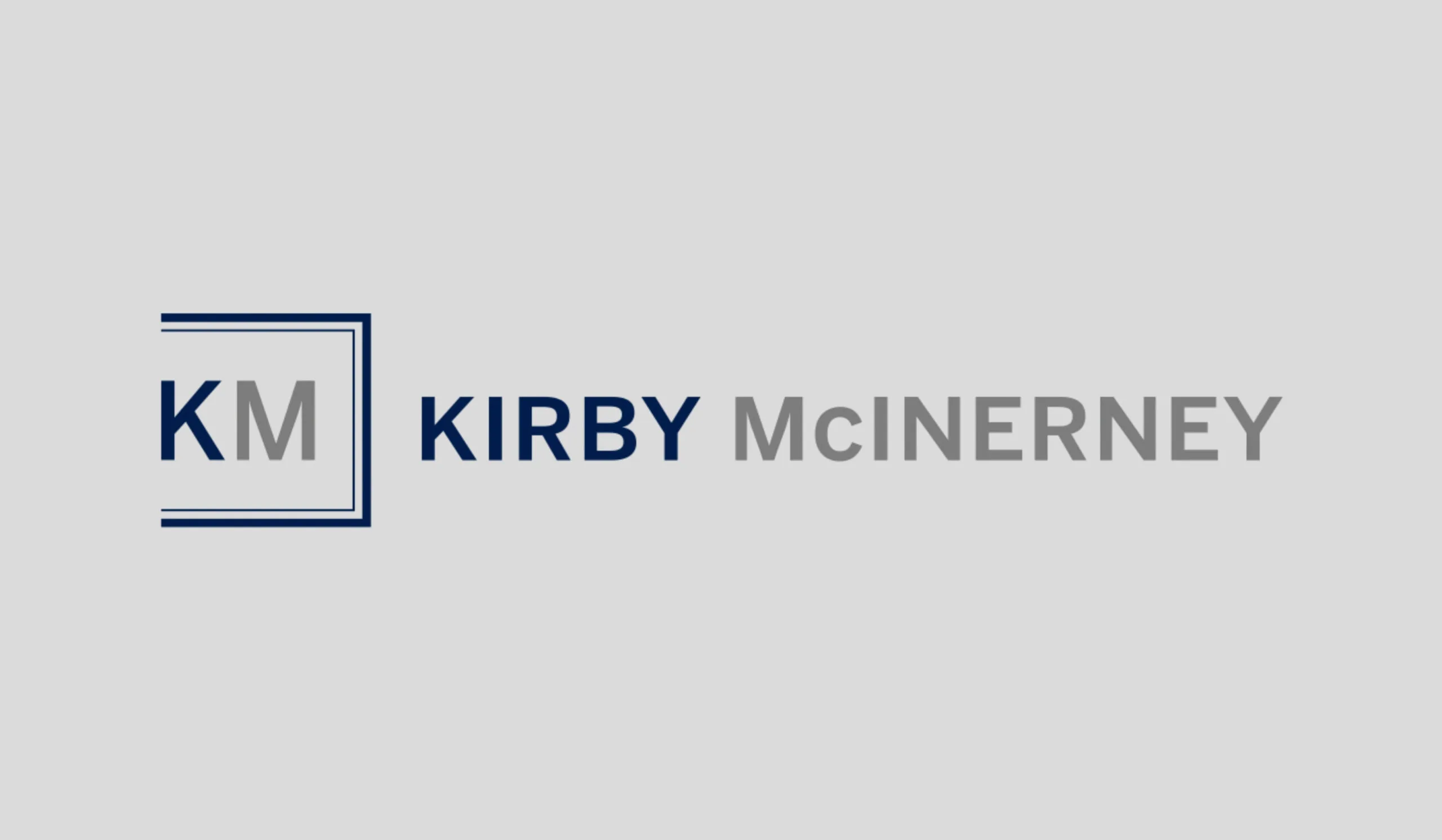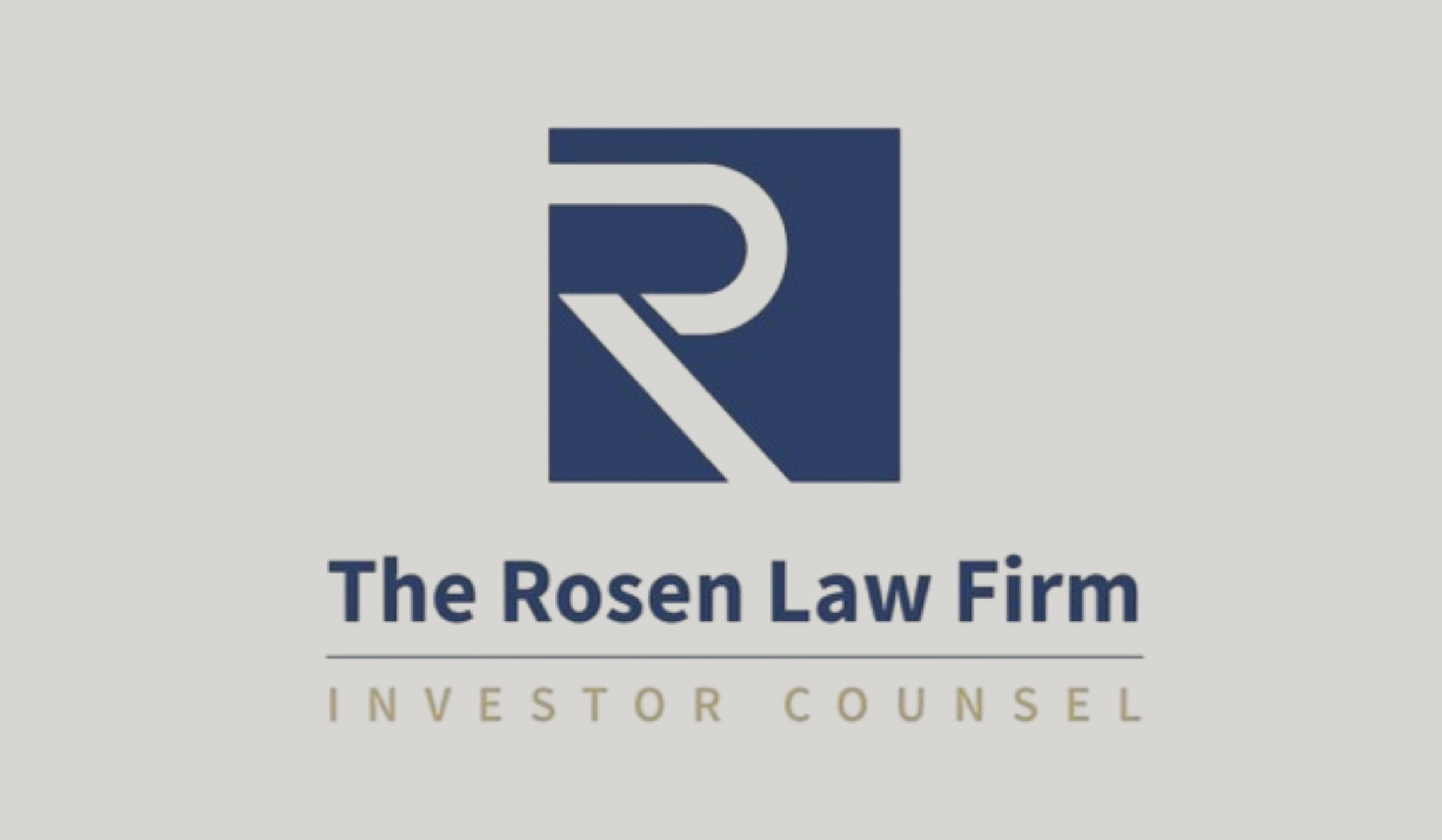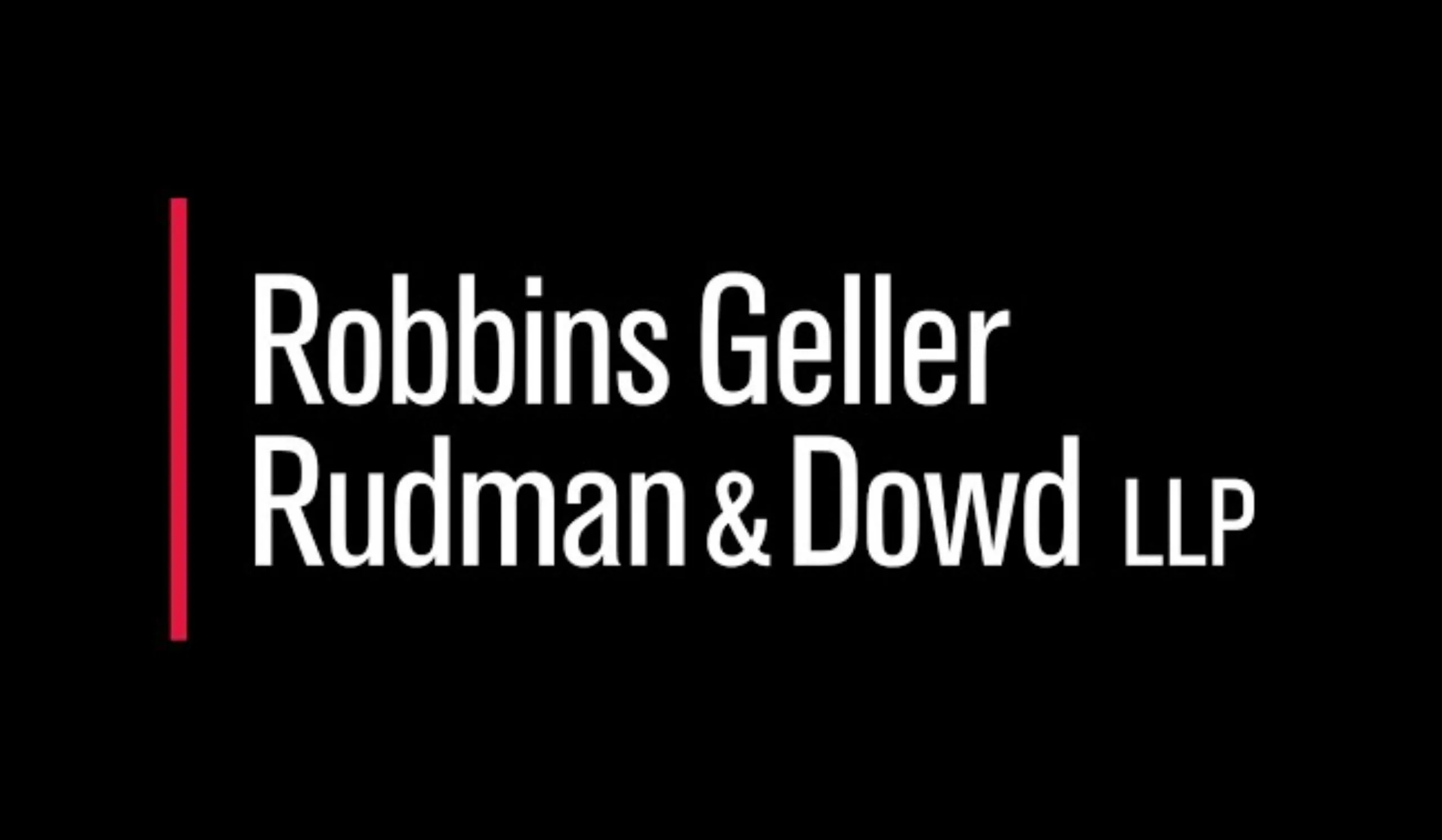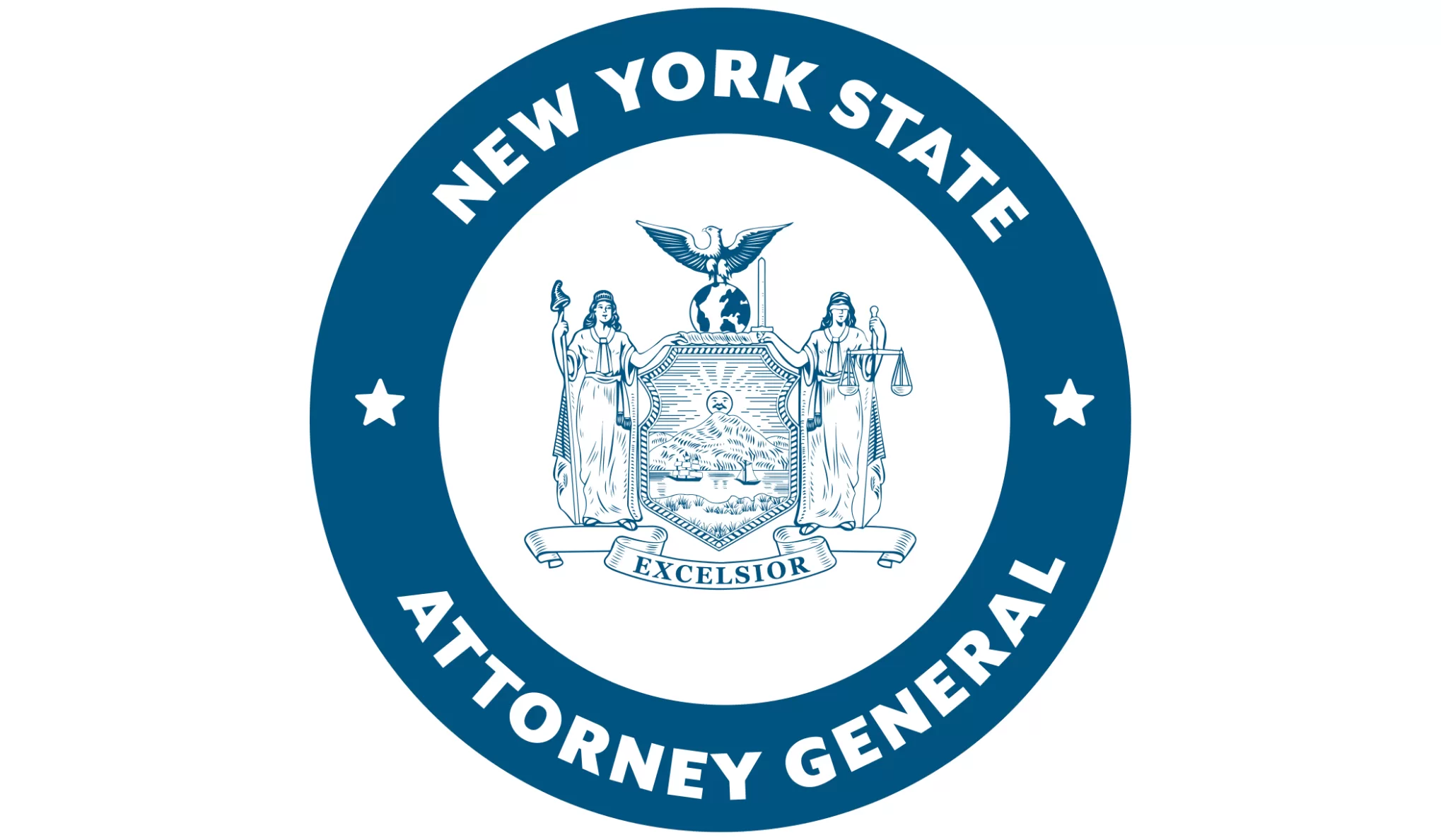By Eric Coltrane
US~Observer Exclusive
 |
The “Machines” have taken control, or nearly so. No, I’m not talking about the Cylons of Battlestar Galactica. The Machines aren’t mining the moons of Jupiter, and trading minerals for Ju Ju Lube with the Alpha Centarions. Not yet anyway…
A February 12th 2010 NY Daily News Headline read: ‘Goldman Sachs Spy’ Sergey Aleynikov indicted on charges of stealing secret data. Apparently Sergei Aleynikov, an employee of Goldman Sachs (now ex-employee) had downloaded a “secret” trading algorithm to use in his new position with another trading company. This software, called “High Frequency Trading” is used to direct large volumes of electronic trades. In the bail hearing in New York it was claimed by, then U.S. Assistant District Attorney, Joseph Facciponti that if used erroneously this trading algorithm “could be used to manipulate markets in unfair ways.”
Fast forward to May 6th 2010… The Dow Jones Industrial average dropped 998.5 points and almost fully recovered in 20 minutes of trading. This has been deemed the “Flash Crash.” The first unofficial claim was that some “fat fingered” Citigroup trader had accidently sold a billion shares of Proctor & Gamble instead of a million shares. Another rumor was that a malicious hacker had somehow hacked the system. Both claims were immediately discounted when no evidence could be found to back up these allegations. After a five month investigation the Securities Exchange Commission (SEC) concluded that it was “a market so fragmented and fragile that a single large trade could send stocks into a sudden spiral,” and detailed how a large mutual fund firm selling an unusually large number of Emini S&P 500 contracts first exhausted available buyers, and then how high-frequency traders started aggressively selling, accelerating the effect of the mutual fund’s selling and contributing to the sharp price declines that day. My question here is, “which large mutual fund firm and how much is an unusually large number of contracts?” As previously noted there was no evidence of such a large trade to cause such a crash.
Some Market Background
As I write this the Dow closed at 12,233.2, up 71.5 points. In the last three weeks or so Tunisia, Algeria, Egypt, and several other developing countries have seen large protests and food riots. Not to mention the collapse of Central Government in some cases. Yet the Dow Jones is unaffected and just keeps going up and up. As one Investment advisor put it: “We like to see SOME corrections – just to let us know how firm the bottoms are but no such luck in SUPER Market, which is up, up and away almost every day – but especially on Mondays.” I seem to recall markets falling over 100 points on even a whisper of such things in the past. It would also be nice to have some good old fashioned price discovery. Day Traders have given up on trading in this “unusual” market. They claim they can’t compete with the Machines, which make up 2/3 of all trades on any given day.
 Ben Bernanke |
Since November 2010 Ben Bernanke at the Federal Reserve Bank has been engaged in QE2 or what is called Quantitative Easing. In laymen’s terms he is creating money from nothing, “out of thin air” you might say. It’s all very complex and I don’t quite understand all of it, but basically the Federal Reserve is buying U.S. Treasury Bonds through “Proxy Banks” (especially maturing bonds that need to be rolled over) because they can’t seem to be able to sell them on the open market. No one wants to buy bonds from a country that is over 14 trillion dollars in debt. Other countries must buy some of these bonds because they have to have “Reserve Dollars” to purchase things like Oil, Wheat, Cotton, Sugar, Iron Ore, and everything else that is priced in the U.S. dollar. That is as long as the US dollar is the reserve currency of the world.
So who are these “Proxy Banks?” One of them is Goldman Sachs, and still others are JP Morgan, Citigroup, Bank of America (these are also the most zealous users of high frequency trading, as of 2010 there were 404 high frequency traders) and, most probably, other central banks. How I have come to understand how this works is that the proxy borrows the money from the Federal Reserve at the “discount window,” then buys the bond from the treasury then sells it back to the Federal Reserve who holds it on their balance sheet until they feel they can sell it on the open market.
Wikipedia says this:
Ordinarily, a central bank conducts monetary policy by raising or lowering its interest rate target for the inter-bank interest rate. The central bank achieves its interest rate target through open market operations – where the central bank buys or sells short-term government bonds in exchange for cash. When the central bank disburses or collects payment for these bonds, it alters the amount of money in the economy, while simultaneously affecting the price (and thereby the yield) for short-term government bonds. This in turns affects the interbank interest rates. In some situations, such as with very low inflation, or in the presence of deflation, the central bank can no longer lower the target interest rate, as the interbank interest rates are either at, or close to, zero. In such a situation, referred to as a liquidity trap, quantitative easing may be employed to further boost the amount of money in the financial system. This is often considered a “last resort” to stimulate the economy.
Steps
1. The central bank has previously targeted an extremely low rate of interest, near or at zero percent.
2. The central bank credits its own bank account with money it creates electronically.
3. The central bank buys government bonds (including long-term government bonds) or other financial assets, from commercial banks or other financial institutions, with the newly created money.
The Japanese tried this in the 1990’s and concluded it didn’t work. By the way, almost all Central Bankers and commercial bankers go to the same schools and learn the same Economic courses and monetary theories. It doesn’t matter if they are from Zimbabwe or Switzerland.
The Machines
I’ve gone the long way around to get to my point, which is The Machines are running the system.Presently it is alleged that 50-70% of ALL trades are high frequency algorithm trades. These trading algorithms are quite amazing really. They can research trends in the market and buy and sell, anticipating prices so well, that they can buy a stock (or bond) at a certain price and sell it a microsecond later for only a penny’s profit. That doesn’t sound like much, but if you do that 10 million times a day you make a lot of money. Add to that, the commercial bank, or investment bank, has an open fund from the Federal Reserve and PRESTO you have an almost perfect market that rarely goes down. A colleague of mine calls it AI (Artificial Inflation). According to Central Bankers if you have 2-3% inflation, year over year, you have economic growth. If you have growth you have prosperity. If you have prosperity everybody’s wealthy. If everybody’s wealthy then everybody’s happy. You’re wealthy and happy, right?

Or, maybe you’re like every other common American and you are struggling to make ends meet every month – like me. If only I were a Cylon …

